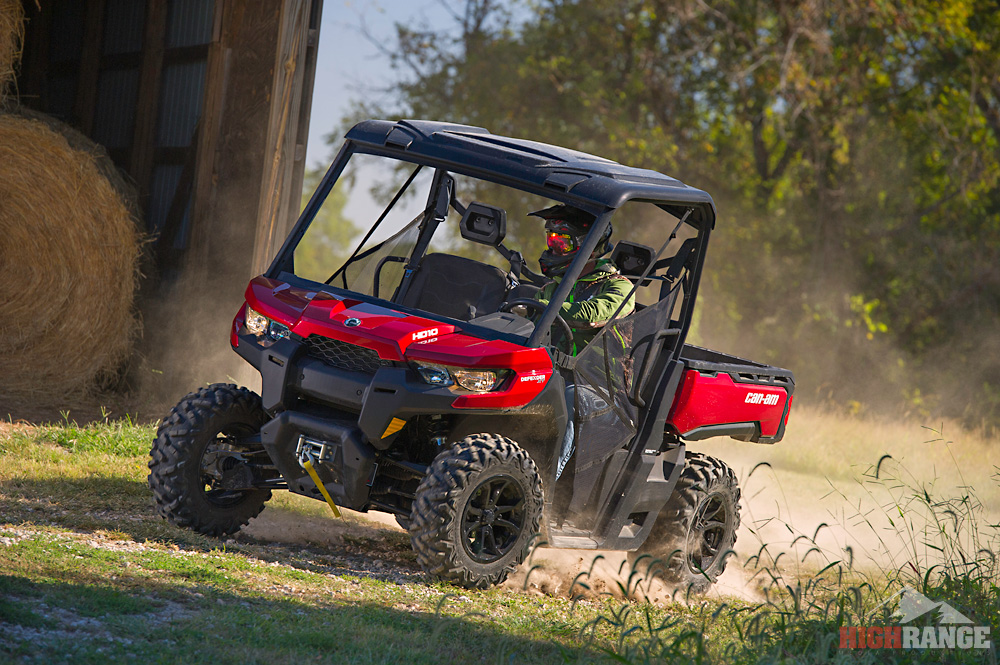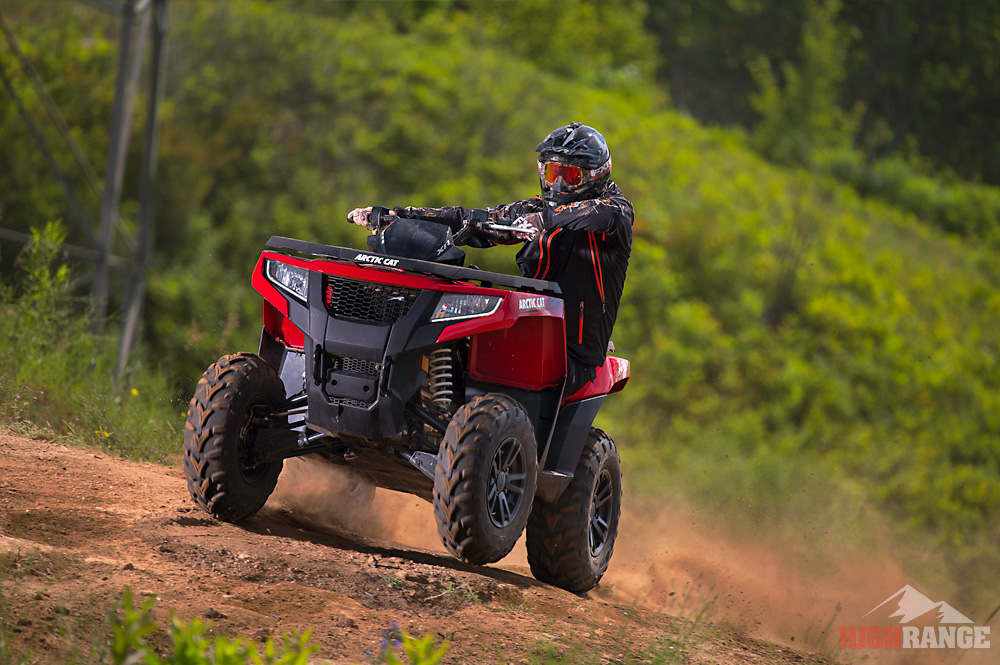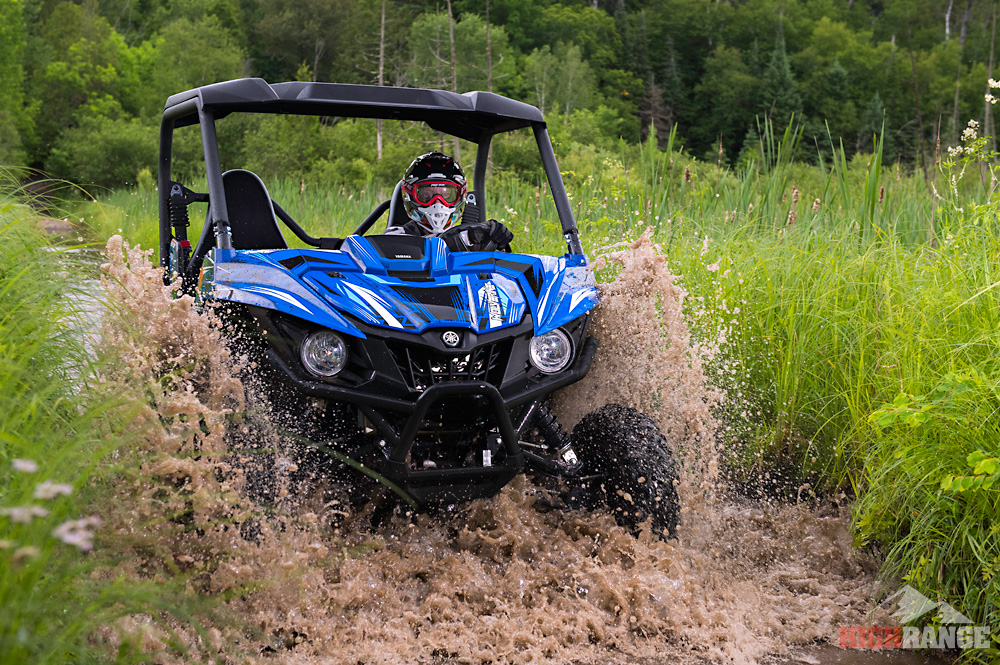You can do some pretty amazing stuff when you get your speedlight out of your hot shoe and off your camera. Sometimes even a single light can change your image dramatically. The trick here is to utilize the ambient light outside (sunlight) as your second light source.
In my earlier experiences with speedlights I left my speedlight in the hot shoe creating direct light against my subject, which resulted in a washed out look and sometimes hotspots that were tough to get rid of in post. I was introduced to the triangle method and haven’t looked back since.

Nikon D3s, 70-200mm f2.8
This concept is quite simple really. Create a triangle with yourself, the sun and one speedlight with your subject in the middle. So to make sense of this, let’s say you’re on one side of the trail with your camera capturing the driver’s side front, your speedlight is on the opposite side of the trail capturing the passenger side front corner and the sun is on the driver’s side rear taillight.

Nikon D810, 300mm F4
What this creates, is SHADOW and shadow creates DETAIL. Now all of a sudden the lugs on the tires are defined, contours in the vehicle’s bodywork come to life and there’s definition in the driver’s clothing too. It brings the image to life more so than that direct on-camera flash could.
This sort of set up takes a bit of thought and consideration of your settings. Worse yet, it requires some additional gear. I use the Pocket Wizard hot shoe transmitter (Mini TT1) and the off-camera receiver (Flex TT5). Great setup and you’re in it for less than $500. My SB910 (Nikon) is in the PW receiver on a light stand and my camera is set to high-speed sync to bypass the 250th of a second shutter speed cap inherent with your typical flash setup. NOTE: this feature may only be available in pro series camera bodies.

Nikon D810, 24-70mm f2.8
My aperture is usually anywhere from f4-f5.6 and shutter speed is between 640th to 1000th depending on how much wheel spin I want in the image – I’m personally a fan of a little wheel spin instead of the frozen tires you get from high shutter speeds.
I also use my ISO to help me achieve the aperture and shutter speed settings I want. Adjust up and down according to light conditions. This is also a smart move if the sun keeps moving in and out of the clouds so you don’t have to mess with all your settings. Just adjust ISO.
The Triangle Method does take some practice, but no time like right now to give it a shot. Trust us, the more you play with this set-up, the more you’ll start to appreciate its simplicity. So now you know one of our most important tricks. Now get out there!
Words & Photography Courtesy of: Mike Lester
